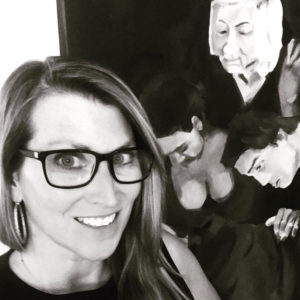Collecting Art Like a Pro – How to Establish an Art Collection
At Alex Cooper art auctions we are pleased to offer our customers a wide variety of art to appeal to the varying levels of collector. Every five weeks we offer something for the novice collector to the expert, longtime art collector. Art collecting can be broken into levels and this visual is particularly helpful to the new art buyer as it lays the framework for building their collection over time.
In the Beginning
The first time buyer should direct themselves to prints. These include lithographs, serigraphs and etchings. The best buys will be the works which have been signed in the plate, meaning they were not individually signed by the artist. These works have been authorized by the artist but are much less expensive. Watch for edition numbers listed on the work in the form of xx/xx. The lower the first number, the more valuable the piece as it was earlier in the series. You might also see the letters EA or AP which means the piece is an artist proof. This buying strategy will allow the buyer to obtain the work of a known artist at a very reasonable price point.
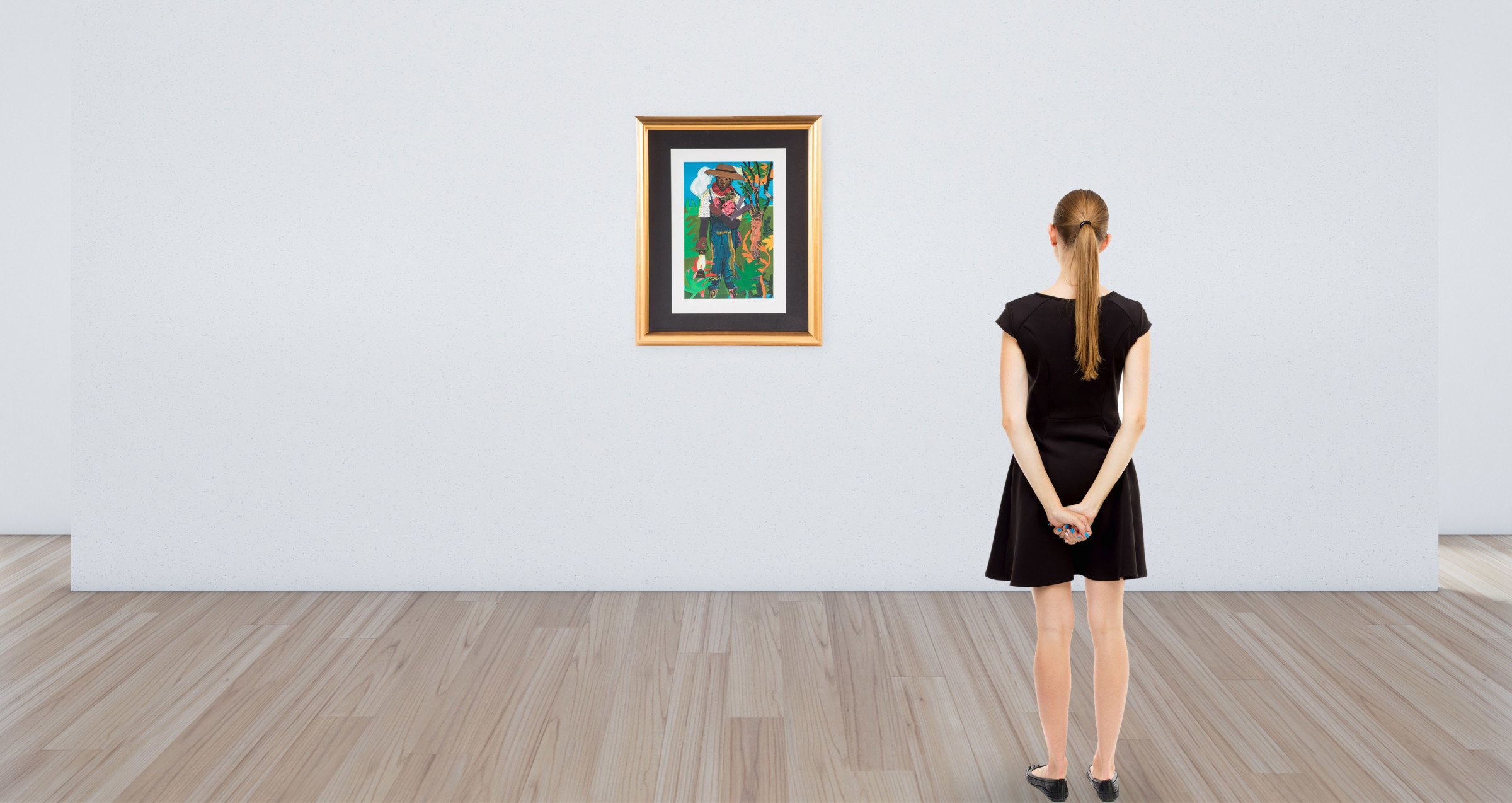 Lot 989
Lot 989
Romare Bearden. “The Lantern,” lithograph
(American, 1911-1988). Artist proof, signed in plate lr, sheet size: 28 1/2 x 1 3/4 in., framed.
$500-$700
Moving Up a Level
As the collector becomes more comfortable in the art world, the next step would be to move to a print that has been pencil signed by the artist. As previously stated, these are more desirable as the artist has placed their signature on the work. You will want to pay attention to edition numbers here as well. There is something really special about having the signature of one of your favorite artists hanging on your wall and the knowledge that their hand held the pencil is thrilling.
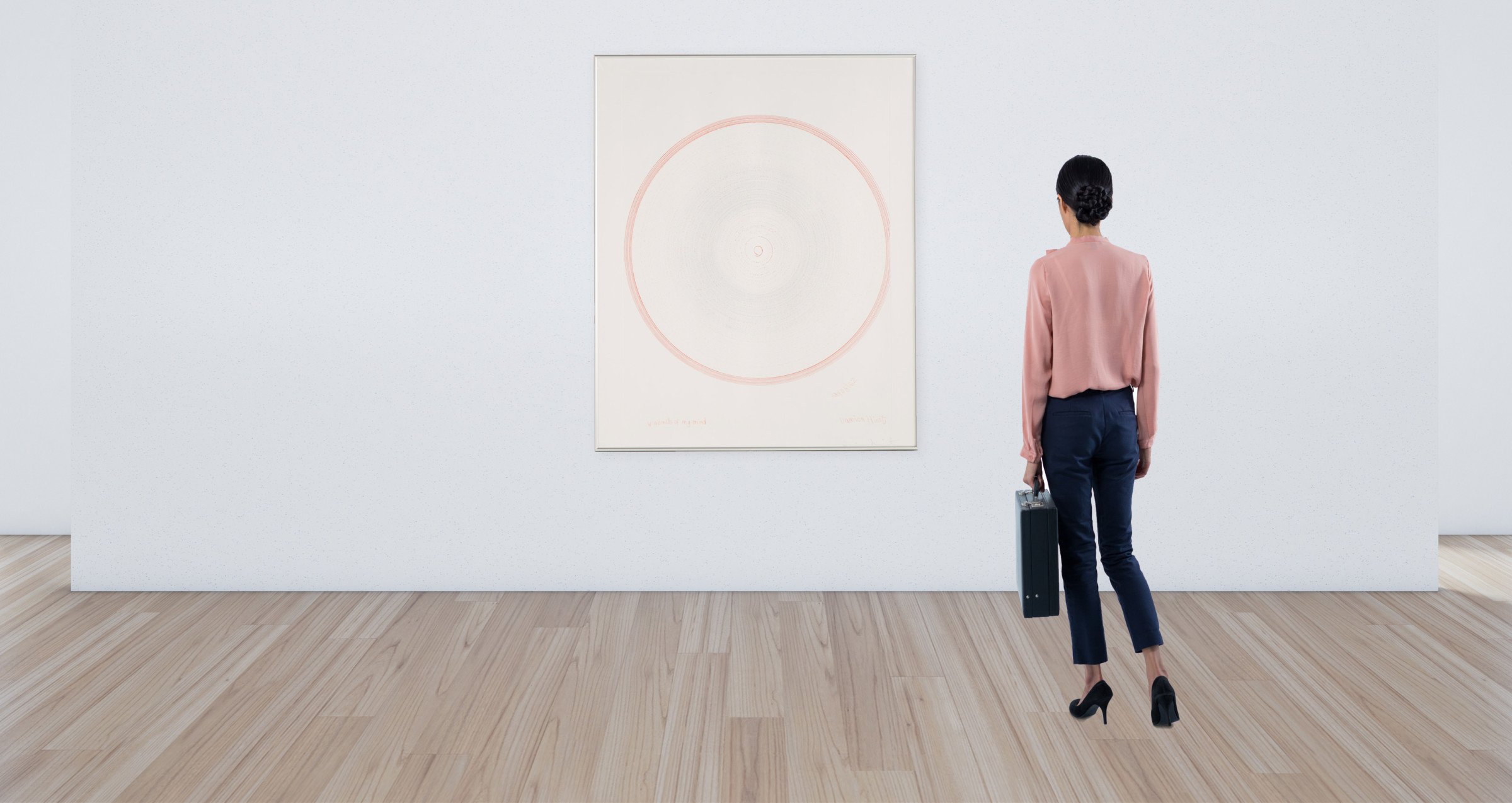 Lot 903
Lot 903
Damien Hirst. “Windmills of My Mind,” etching
(American, b. 1965). 2002, color etching, pencil signed, “Damien Hirst,” lr., plate size: 39 3/4 x 29 3/4 in., framed.
$5,000-$7,000
Onto Originals
Now that you have mastered and acquired prints, it’s time to begin collecting original works on paper. This category includes drawings, pastels, crayon, collage, watercolor and oil or acrylic on paper. Drawings can be a really good place to start as they are frequently much less expensive that a more extensive piece. Remember to make sure they are signed so you know what you are buying. You will find a wide range of artist in this category and there will be something for everyone.
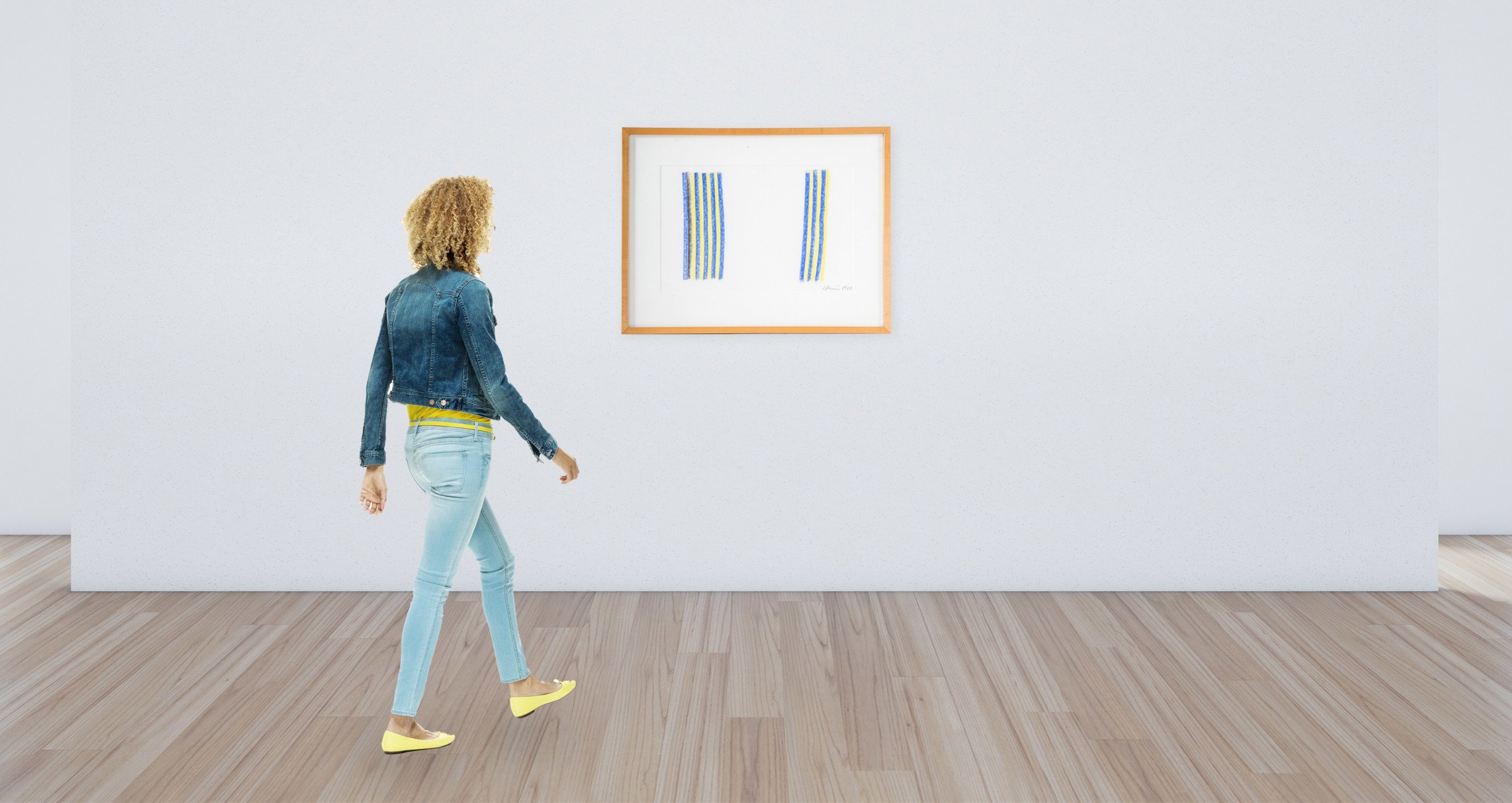 Lot 902
Lot 902
Gene Davis. Untitled Blue and Yellow, pastel
(American, 1920-1985). Pastel on paper, pencil signed “Davis 1981,” lr, sight size: 11 1/2 x 17 3/4 in., framed.
$1,000-$3,000
La Piece de Resistance
Finally, the collector will move to paintings on canvas or three dimensional works. These pieces will of course be one of a kind hallmarks of your collection. As with other works, you will be looking for the signature on the work as well as paying attention to the provenance or the history of the piece. More often than not, these will be the most expensive offerings of an artist’s repertoire. For example, a drawing by Matisse is much more reasonable than a painting by the same.
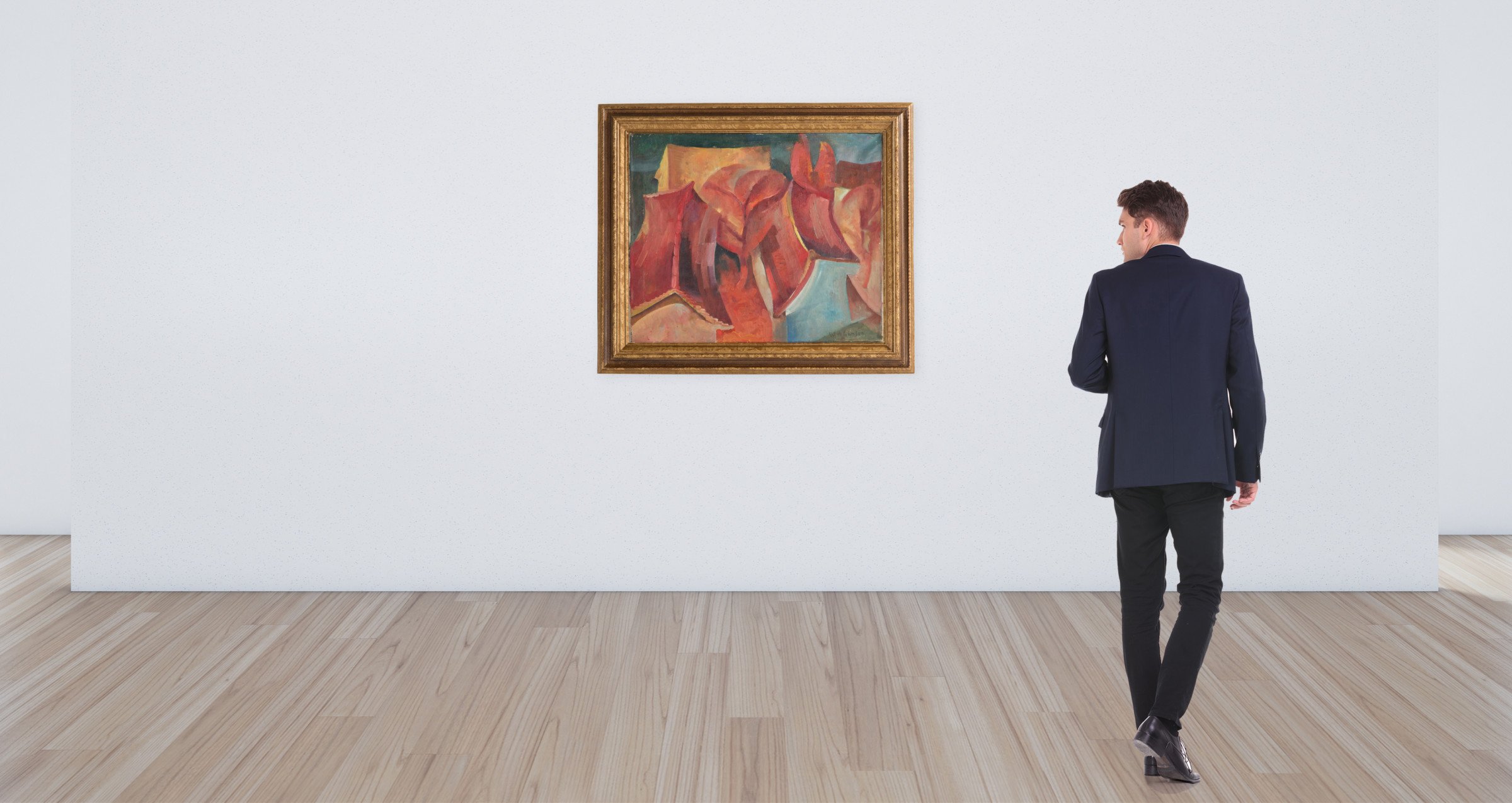 Lot 908
Lot 908
William H. Johnson. Red Roofs, oil on canvas
William Henry Johnson (American, 1901-1970). Oil on canvas, signed “W. H. Johnson,” ll., 19 3/4 x 24 in., framed.
$5,000-$7,000
There are of course exceptions to the above with drawings selling for incredible amounts and paintings going for a steal. I am always available to help you with your art purchasing decisions and strategies.
Contact me at kathleen@alexcooper.com
For more information about the May 12th auction click here.
